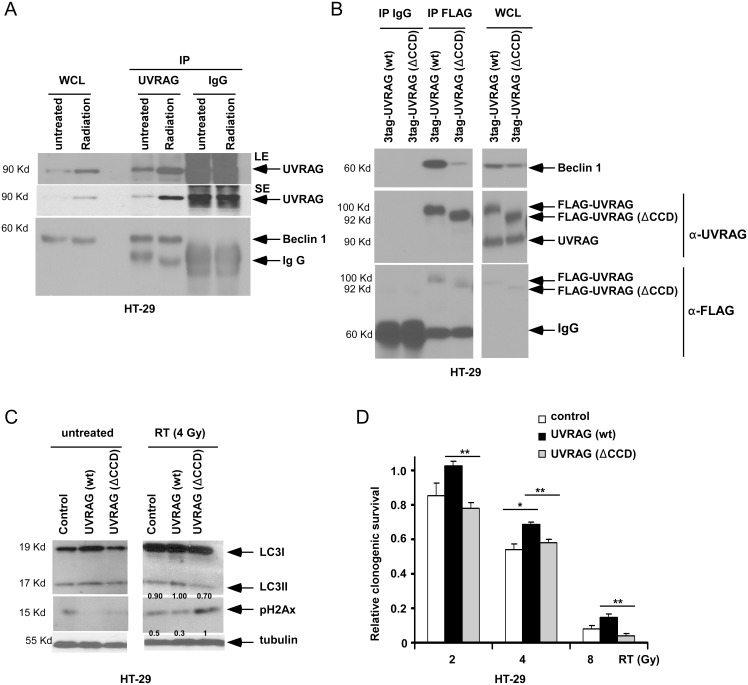Figure 5. UVRAG ΔCCD reduces binding to Beclin 1 and promotes DNA double strand breaks.
A, Immunoprecipitation of UVRAG followed by probing for Beclin 1 was performed in HT-29 cell lysates (4 h) following radiation (4 Gy) vs untreated cells. Normal IgG was utilized as a control for antibody specificity. Both short (SE) and longer (LE) exposures are shown for UVRAG. B, HT-29 cells overexpressing UVRAG wild-type (wt) or a deletion mutant at its coil-coil domain (ΔCCD), both labeled with a three-tandem-tag [3tag: s-tag, 2XFLAG and streptavidin binding protein (SBP)], were subjected to immunoprecipitation for FLAG. Precipitated proteins were probed using antibodies against Beclin 1, UVRAG or FLAG. Normal IgG was utilized as a control. C, Cell lysates from irradiated (4 Gy) cells were probed for LC3I-II and γH2Ax at 24 h post-irradiation by immunoblotting. Stable UVRAG wt or ΔCCD mutant cells were utilized here and in Fig. 5B. D, Cells with wt UVRAG or the UVRAG ΔCCD mutant vs empty vector control were treated with vehicle or radiation, and long-term clonogenic survival was determined. The data were normalized relative to untreated cells for each cell phenotype. Data are presented as mean ± standard deviation for experiments performed in triplicate. Statistical significance was determined by a two-sided Student’s t test and defined as *P<0.05.

